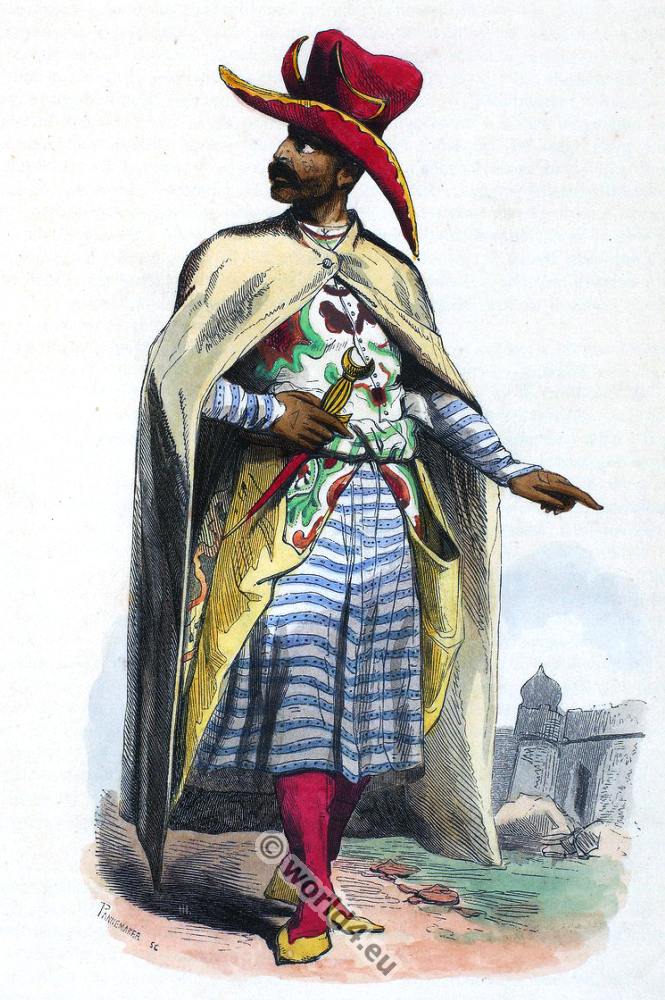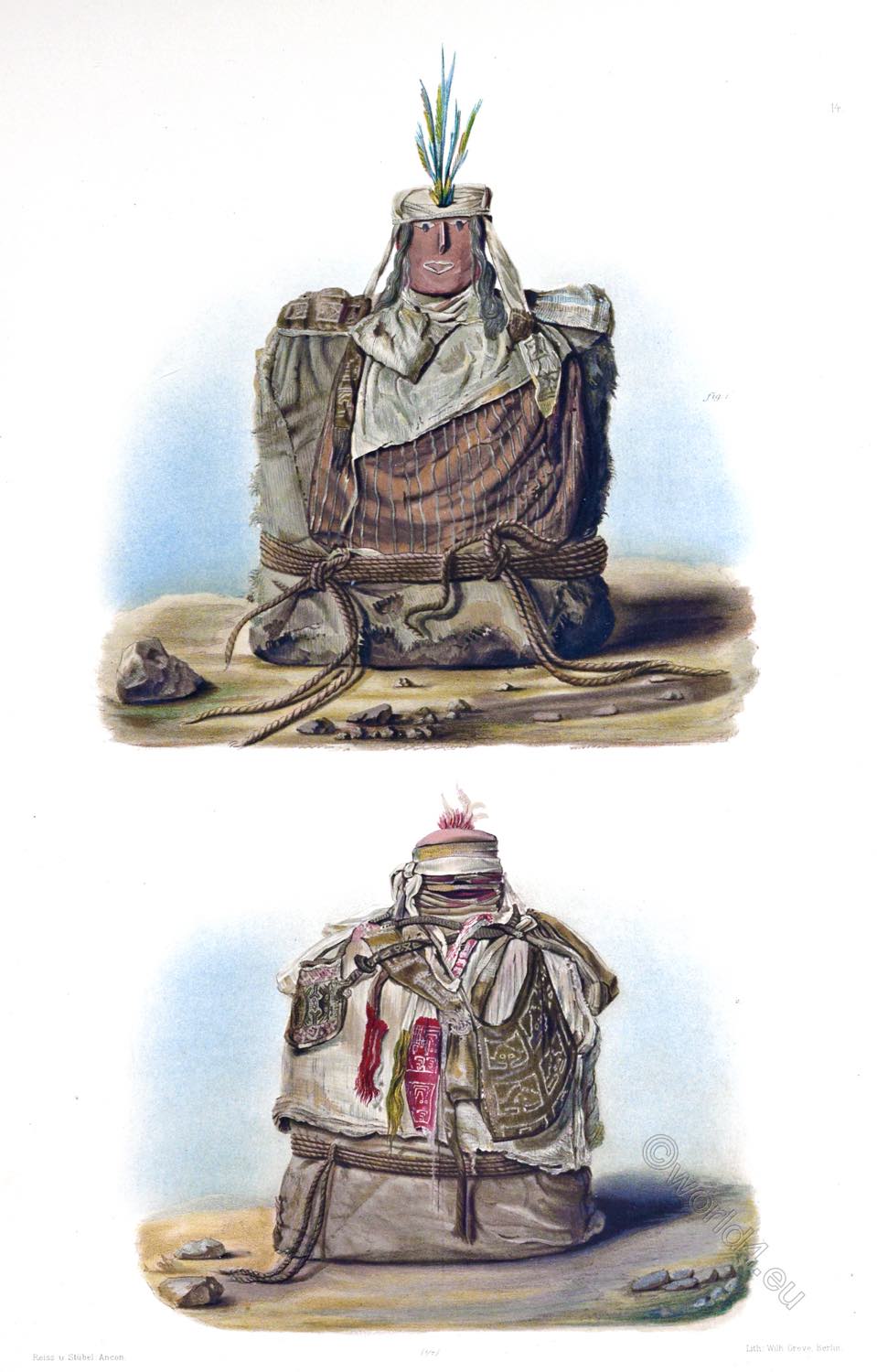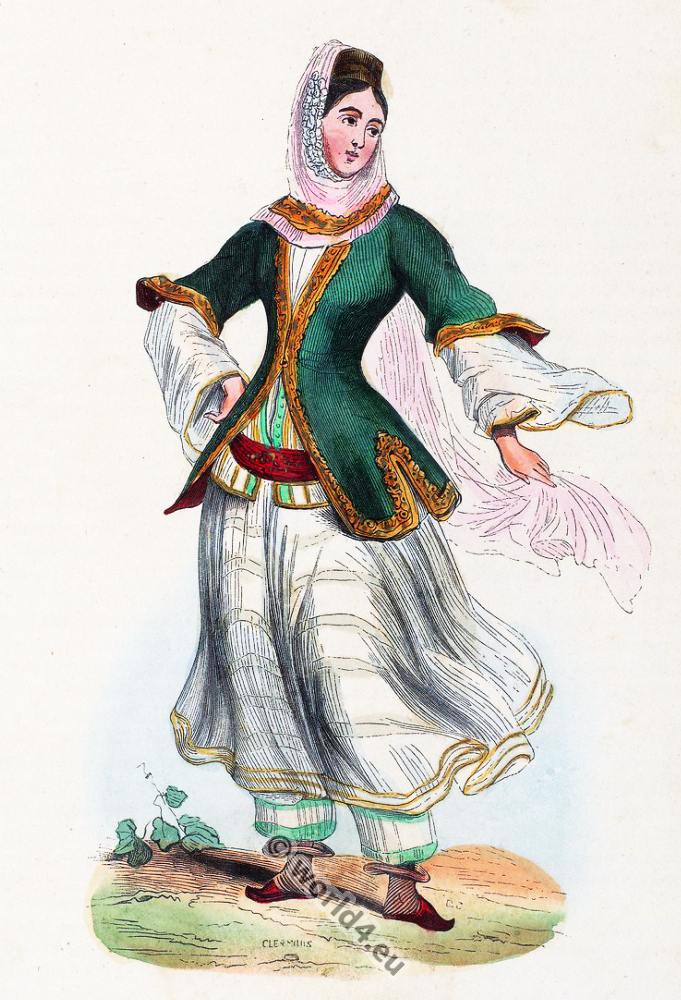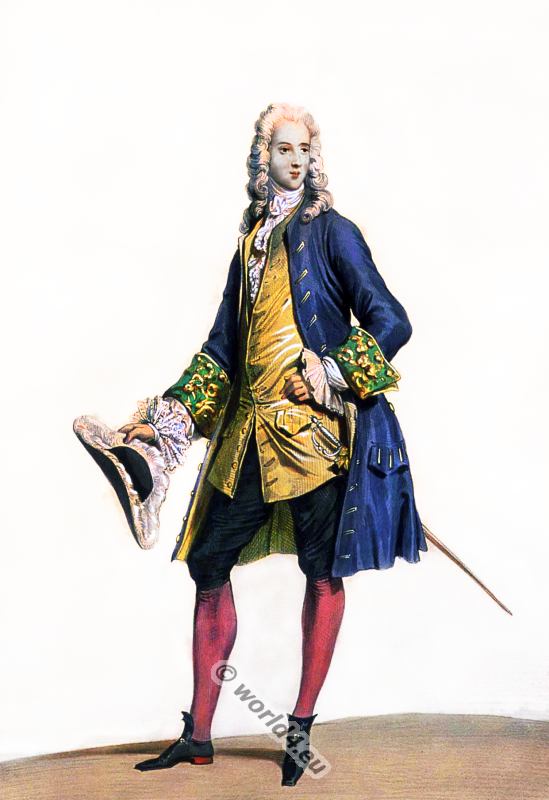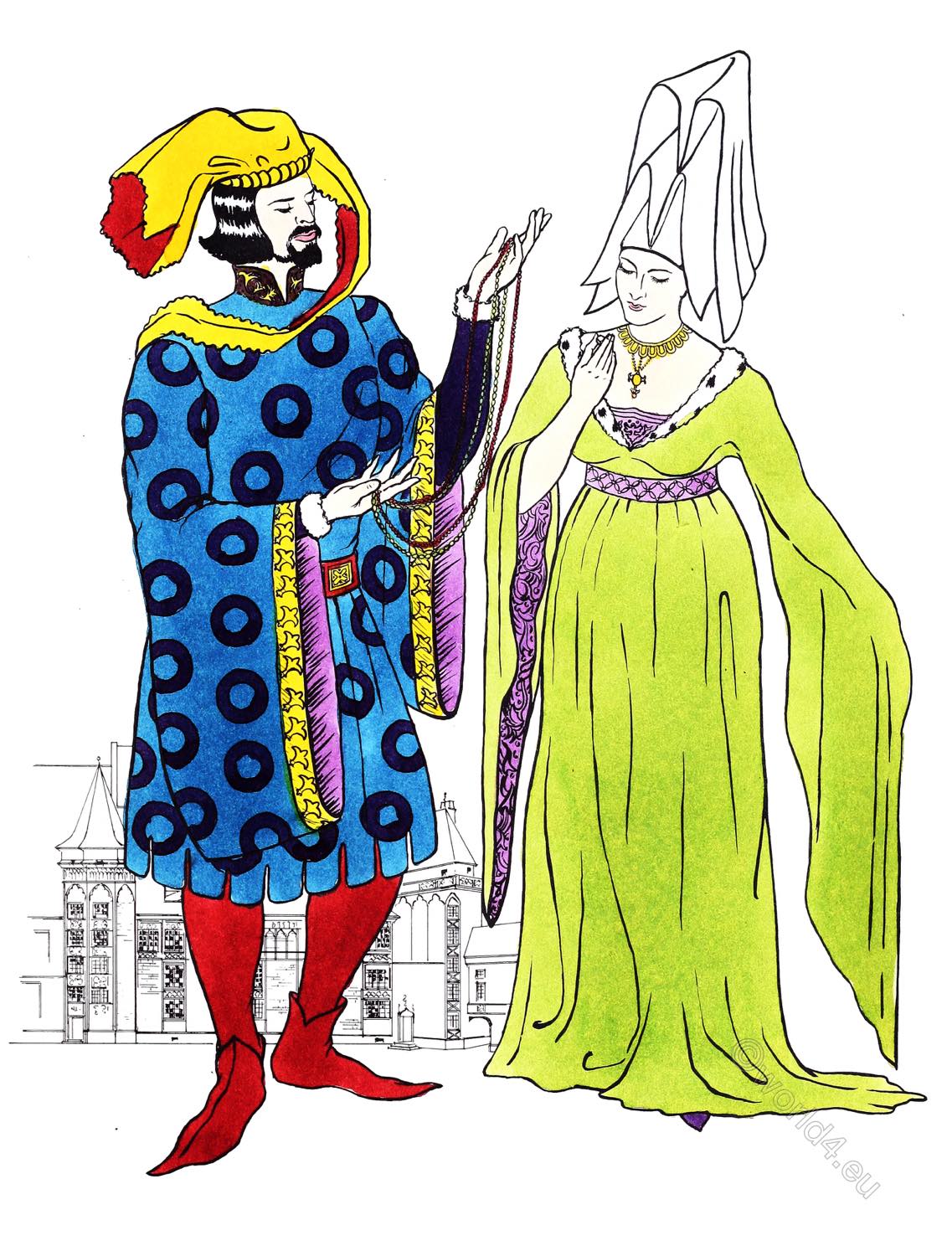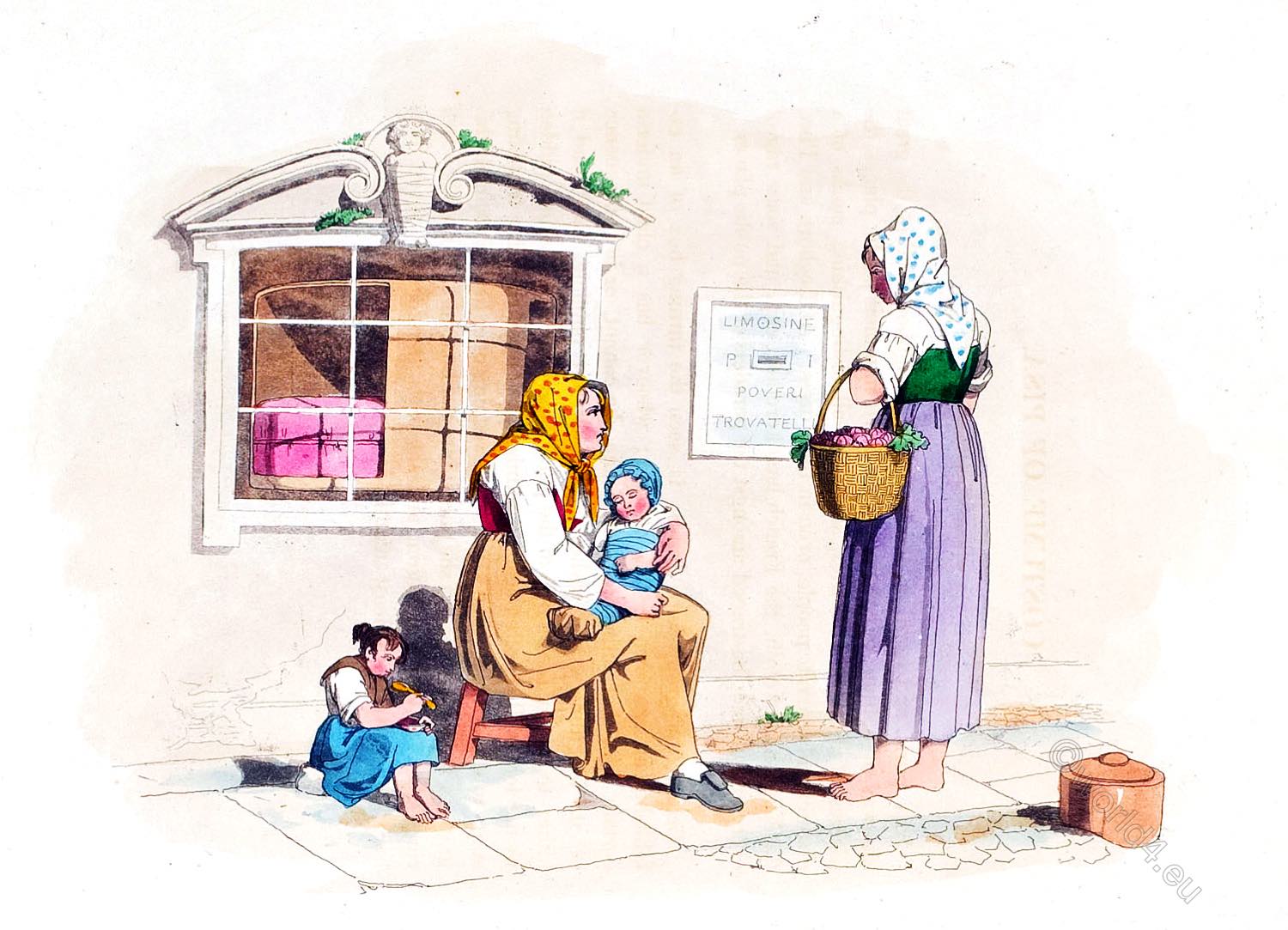
COSTUME OF PISA.
SEA ports, and towns in the immediate neighborhood of the great highway of nations, accustomed to receive into their public places the natives of different countries, soon lose all distinguishing marks of a distinct and separate people, even in their dress. At Leghorn and Pisa, the English neckcloth, the French handkerchief, cap, and some rag of every nation, may be traced amongst the paraders of the public places.
Behind the group here drawn, is seen the turning box of an establishment unknown in this country; whoever has a child under a certain age, that either by misfortune she cannot, or in consequence of its illegitimacy she wishes not to support publicly, may send it hither to be at the charge of the public. A miserable mother, hidden by her long veil, is often seen at midnight, to approach with a trembling step, to stand a long time kissing and weeping over her infant, near this grate; a footstep is heard; she puts it into the box, turns it round; a bell rings the knell of separation, and she parts, perchance for ever, from her child. It saves at least infanticide.
Source: “Sketches Illustrative of the Manners and Costumes of France, Switzerland and Italy, by Richard Bridgens. London. Baldwin, Cradock & Joy. 1821. Text by J.W. Polidori. London. Baldwin, Cradock & Joy. 1821.


